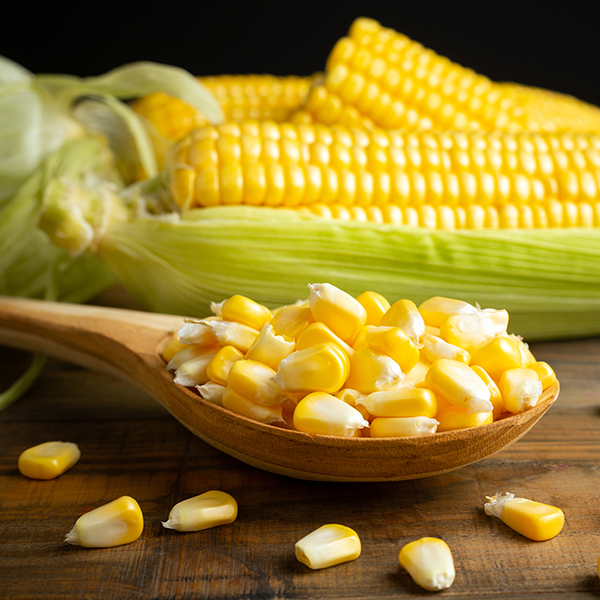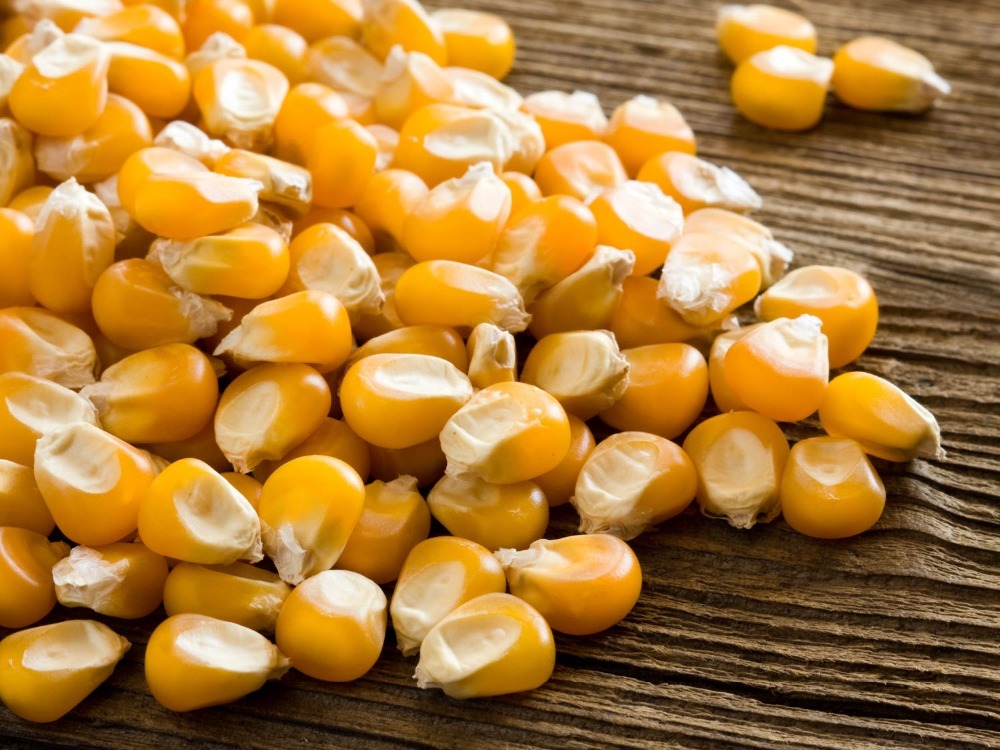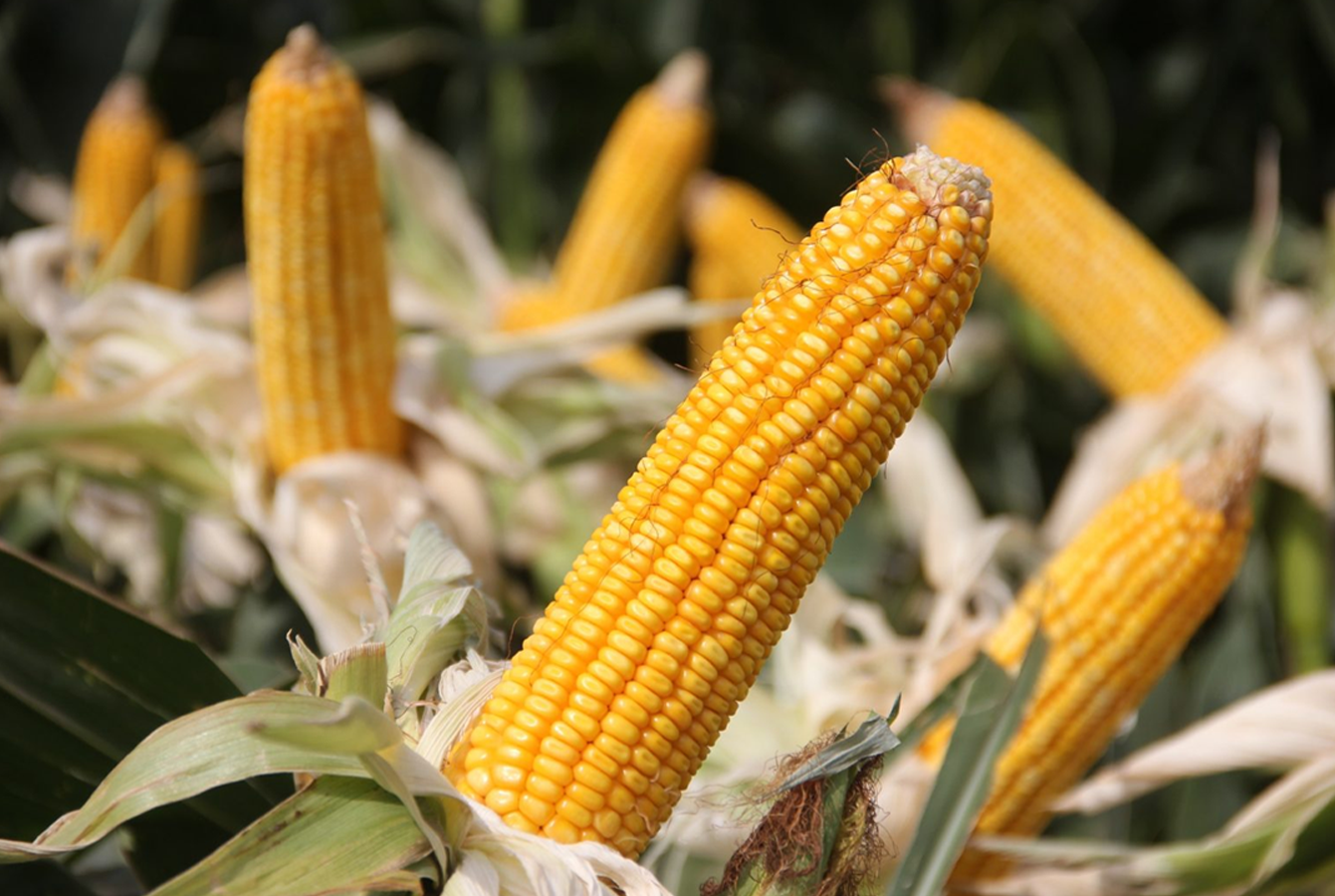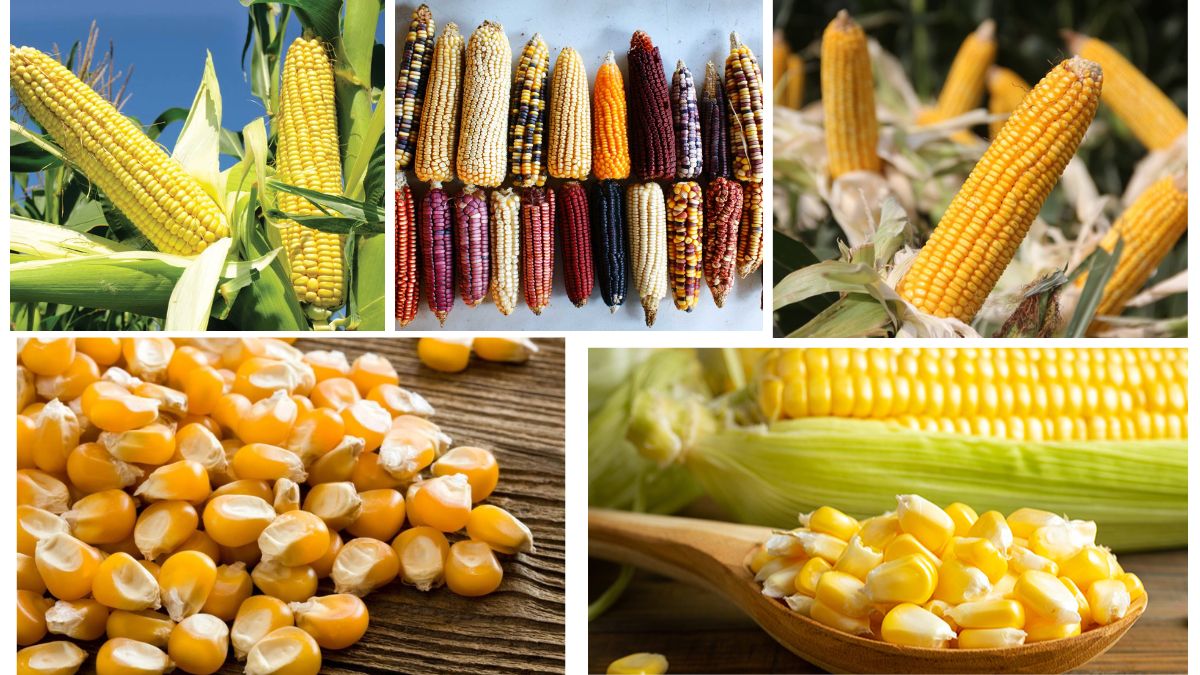Maize, commonly known as corn, is one of the most widely cultivated cereal crops across the globe. It plays a crucial role in feeding people, livestock, and fueling industries through its various by-products like ethanol, corn oil, starch, and cornmeal. With its adaptability to different climatic conditions and diverse applications, maize is a staple food and a strategic crop in global agriculture. But which nation leads the world in maize production?
The Global Significance of Maize

Maize was first domesticated in southern Mexico around 9,000 years ago and has since become a vital agricultural commodity in over 150 countries. From direct human consumption to animal feed, industrial raw materials, and biofuels, maize contributes significantly to the global food economy.
Today, maize accounts for about 40% of global cereal production, alongside rice and wheat. The worldwide demand for maize continues to rise due to population growth, changing dietary habits, and its increased use in biofuel and livestock industries.
The United States: The Undisputed Leader in Maize Production

The United States of America holds the distinction of being the largest maize producer in the world, consistently dominating global output for decades.
Key Facts and Statistics:
- Annual Production: As of the latest available data, the U.S. produces over 380 million metric tons of maize annually.
- Global Share: It contributes nearly 32–36% of the world’s total maize production.
- Cultivation Area: Maize is cultivated on approximately 90 million acres (36 million hectares) of land in the U.S.
- Top Producing States: Iowa, Illinois, Nebraska, Minnesota, and Indiana form the “Corn Belt,” a region known for its fertile soil and high yields.
Why the U.S. Leads:
- Advanced Agricultural Technology: American farmers use high-yield hybrid seeds, precision farming, GPS-guided tractors, and drones to monitor crop health and irrigation.
- Government Support: Federal subsidies and crop insurance programs protect maize growers and encourage large-scale cultivation.
- Infrastructure and Supply Chains: The U.S. has a highly developed network for harvesting, storage, transportation, and export.
- Export Powerhouse: The U.S. is also the largest exporter of maize, supplying countries like Mexico, Japan, and South Korea.
Other Major Maize Producers
While the U.S. leads, several other countries are significant maize producers as well:
1. China
- Annual Production: Around 270–280 million metric tons
- Key Regions: Heilongjiang, Shandong, Henan
- Purpose: Primarily for domestic consumption and livestock feed.
- Despite its large production, China is often a net importer of maize due to its high demand.
2. Brazil
- Annual Production: Approximately 120–130 million metric tons
- Notable Feature: Brazil has two maize growing seasons, which boosts its annual yield.
- Export Strength: One of the top exporters globally, mainly to Asia and the Middle East.
3. Argentina
- Annual Production: Around 60–70 million metric tons
- Strength: High export ratio, efficient logistics, and growing biotech seed use.
4. India
- Annual Production: Around 30 million metric tons
- Usage: Used for poultry feed, starch industries, and rural subsistence farming.
- Regions: Andhra Pradesh, Karnataka, Bihar, Maharashtra.
5. Mexico
- Annual Production: Roughly 27–28 million metric tons
- Significance: Birthplace of maize, where it remains a central part of food culture.
The Economic Impact of Maize

In the U.S., maize production supports millions of jobs—directly and indirectly—in farming, equipment manufacturing, biofuel production, and transportation. It also contributes significantly to the country’s GDP. For many developing nations, maize is a vital food security crop that ensures nourishment and sustains rural economies.
Maize is also at the heart of biofuel policies in countries like the U.S., where a significant portion of corn is used to produce ethanol, a renewable fuel. This reduces dependence on fossil fuels while creating another revenue stream for farmers.
Innovations Driving Growth

The maize industry has evolved dramatically in recent decades due to innovations such as:
- Genetically Modified Organisms (GMOs): Engineered for pest resistance and drought tolerance, GM maize varieties dominate in the U.S., Brazil, and Argentina.
- Precision Agriculture: Technologies like satellite imagery, soil mapping, and IoT sensors optimize fertilizer and water use.
- Sustainable Practices: Crop rotation, no-till farming, and efficient irrigation are helping improve long-term productivity while protecting the environment.
Challenges in Maize Production
Even with its global importance, maize production faces several challenges:
- Climate Change: Droughts, floods, and unpredictable weather patterns can affect yields significantly.
- Soil Degradation: Over-cultivation and chemical use can reduce fertility.
- Market Fluctuations: Prices can be volatile due to trade tensions and changing global demand.
- Dependence on Water and Inputs: Maize is a high-input crop requiring water, fertilizers, and pest control.
The Future Outlook

The demand for maize is expected to grow by 25–30% by 2050 as global populations rise and dietary patterns shift towards more protein (which increases the need for animal feed). To meet this demand, countries will need to invest in:
- Research and Development: Creating higher-yield, climate-resilient varieties.
- Sustainable Farming Practices: To combat environmental impacts.
- Global Trade Cooperation: For stable exports and food security in maize-dependent nations.
Conclusion
In conclusion, the United States continues to be the largest maize producer in the world, thanks to its combination of fertile land, cutting-edge technology, policy support, and infrastructure. While China and Brazil are close contenders in volume, the U.S. remains dominant both in production and export capacity.
As the world continues to rely heavily on maize for food, energy, and industrial needs, global maize production will remain a cornerstone of agricultural strategy. Ensuring sustainable, efficient, and climate-resilient production will be vital to meeting the world’s future food and energy needs.




